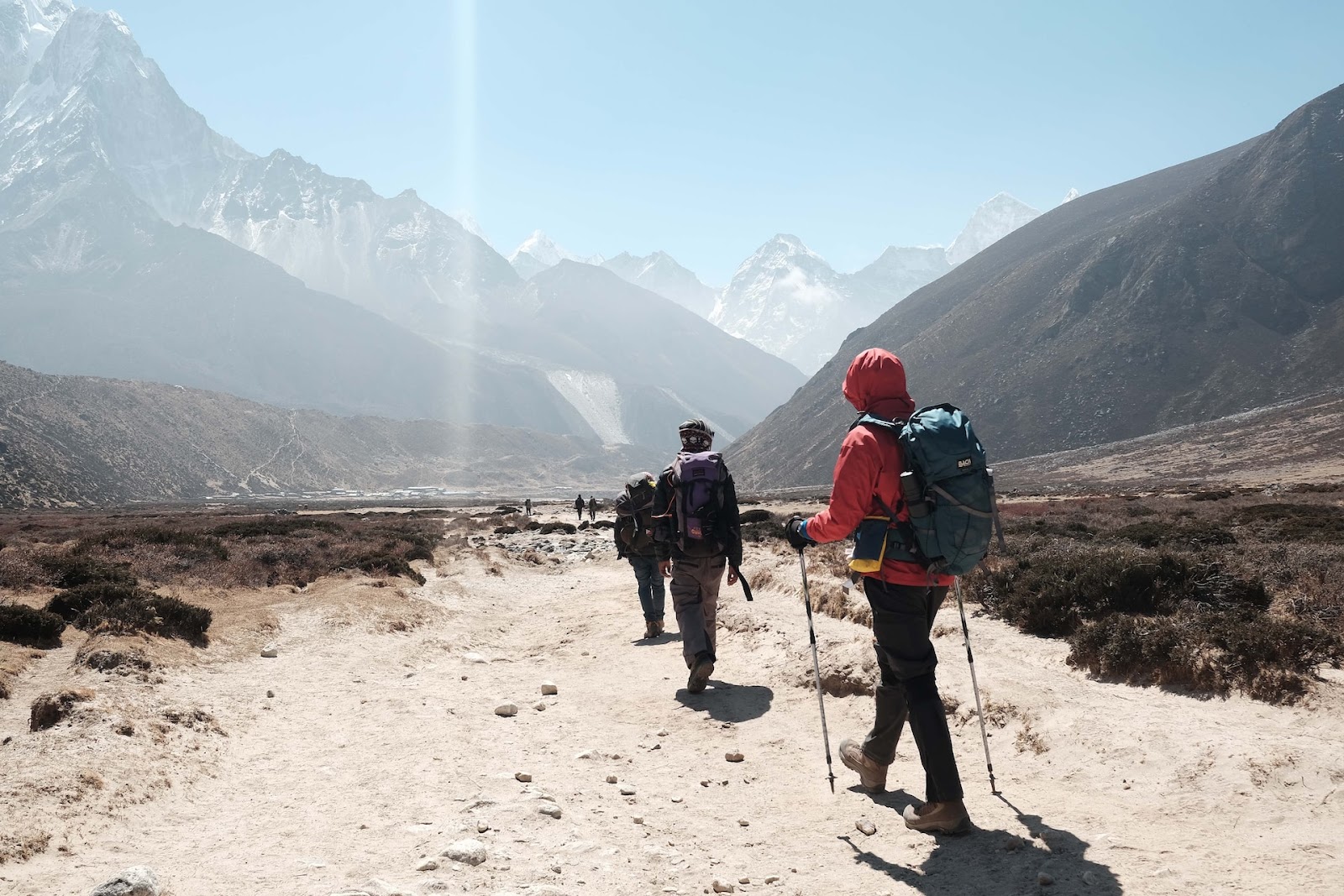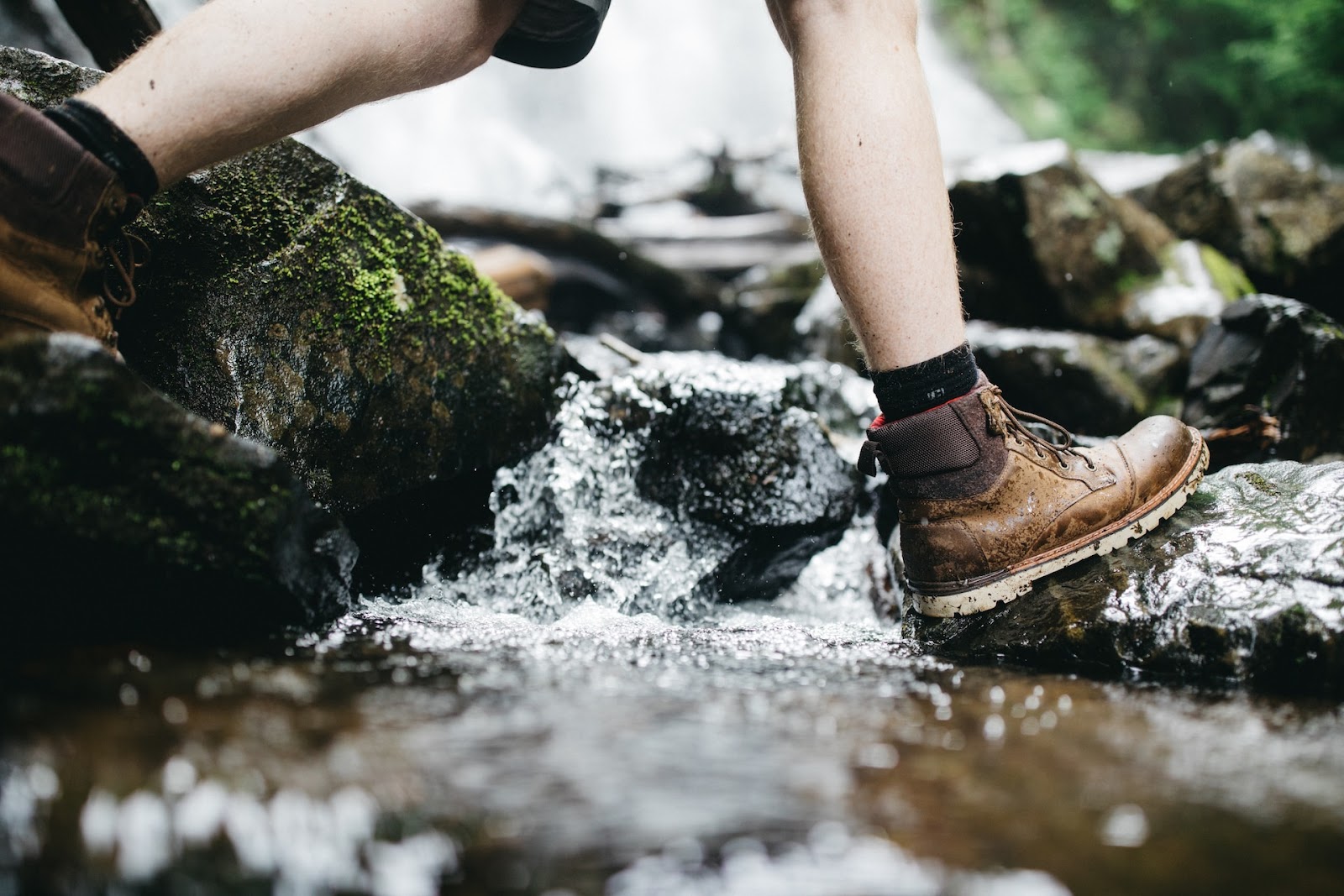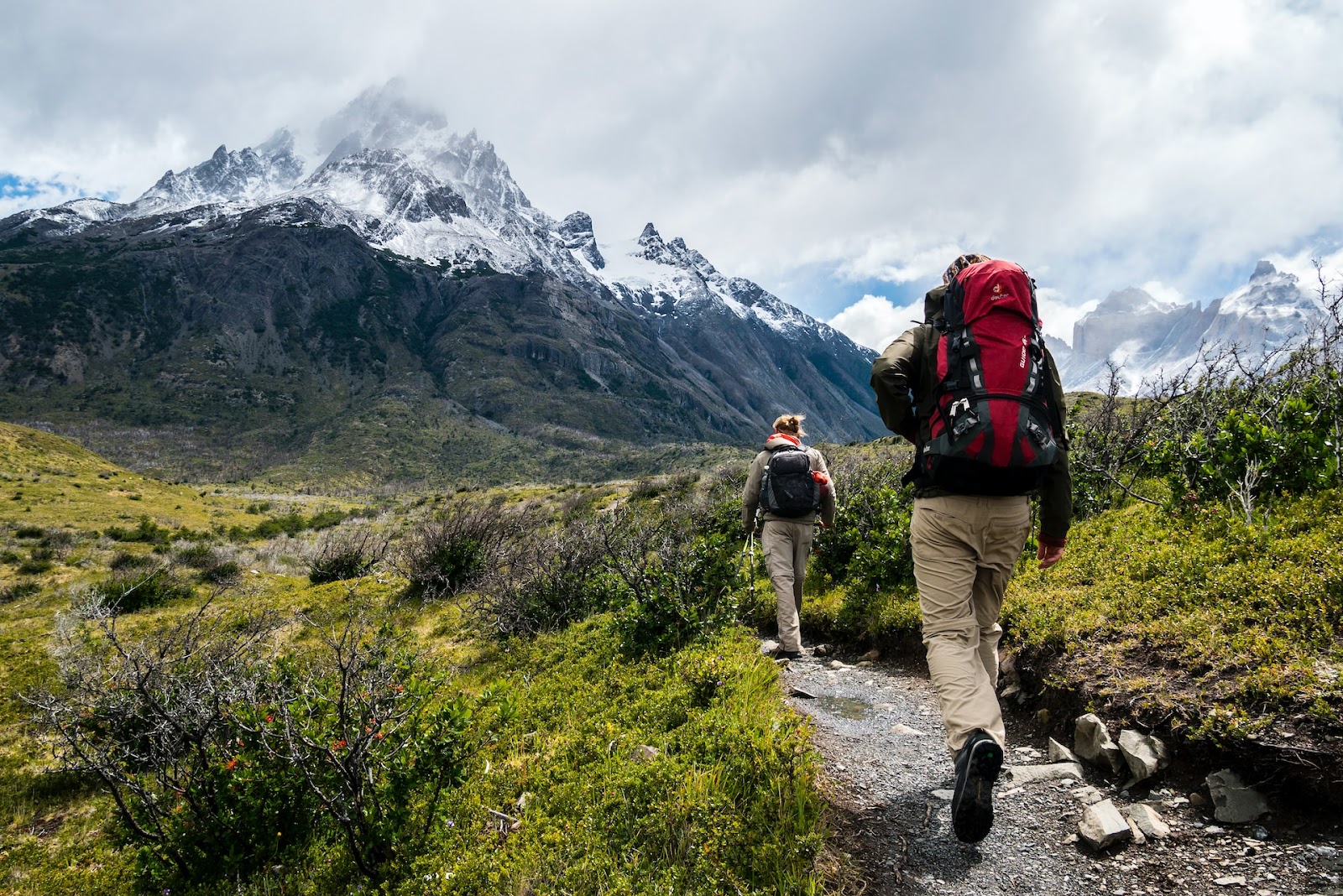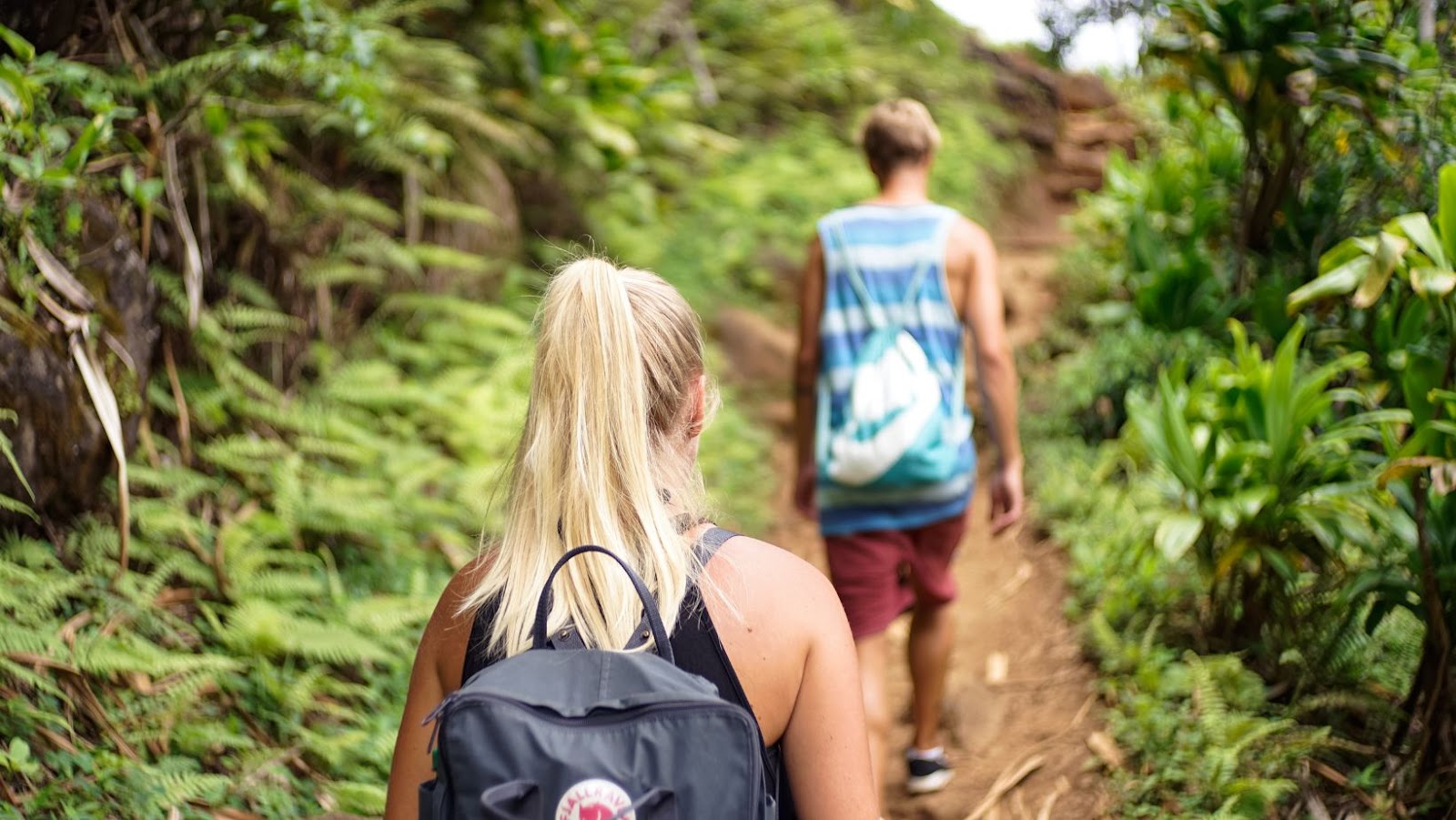Blundstone boots are comfortable, sturdy, and versatile, making them a popular choice for hiking. Here are some tips for getting the most out of your Blundstone boots when hitting the trail:
| Choose the right size: | Ensure you get the right size of Blundstone boots to avoid blisters and discomfort during hiking. |
| Break them in: | Breaking in your new Blundstone boots before embarking on any long hikes is essential. This helps ensure they conform to your feet and prevent rubbing and blistering. |
| Pair them with the right socks: | Use the right hiking socks made of moisture-wicking material to avoid discomfort and blisters. |
| Clean and care for them: | Regularly clean and care for your boots to keep them in tip-top condition. |
| Use them in the right conditions: | While Blundstone boots are great for various terrains, use them in the right conditions to ensure their longevity and your overall hiking experience. |
Are Blundstone Good For Hiking
When hiking, getting the most out of your Blundstone boots starts with finding the right fit and breaking them in properly. After all, having the right fit and a broken-in pair of Blundstone boots increases the comfort and support they provide while mitigating the risk of injuries when out in the wilderness.
Let’s look at how you can achieve the perfect fit and break in your Blundstone hiking boots.
Choosing The Right Size And Style For You
Choosing the right size and style of Blundstone boots ensures a proper fit and comfortable hiking experience. Here are some tips to get the most out of your Blundstone boots when hiking:
| Proper fit | Break-in period | Style considerations |
| Measure your foot size and width accurately to find the right fit for your Blundstone boots. They should feel snug but not too tight, with enough room to wiggle your toes and insert a finger into the back of the boot. | Allow a break-in period of at least a few days to a week, wearing your boots around the house or on short walks before hitting the trails. | Consider the type of hiking you’ll be doing when choosing a style of Blundstone boots. For example, waterproof or water-resistant boots may be a better choice if you are hiking in wet conditions. |
With these tips, you can maximize the benefits of your Blundstone boots and enjoy a comfortable and safe hiking experience.
Breaking In Your Blundstone Boots
Breaking in a new pair of Blundstone boots is essential to ensure optimal comfort and performance, especially during hiking trips. Before you hit the trails, follow these tips to get the most out of your Blundstones:
| Ensure a proper fit: | Wearing the right size of Blundstone boots is crucial for your comfort and safety on the trails. Always refer to the brand’s sizing chart, and try on different sizes to find the perfect fit. When trying the boots, wear the socks you plan to hike in and walk around on different surfaces to test the fit. |
| Gradual break-in period: | Don’t wear your new Blundstones for an extended hiking trip right out of the box. Instead, wear them around the house or for short walks every day for a few weeks to break them in gradually. |
| Use leather conditioner: | Conditioning your Blundstone boots with a leather conditioner before and after your hiking trip will help maintain and extend their life while ensuring they remain supple and comfortable. |
| Stretching: | If your Blundstones feel tight in specific areas, such as the toe box, you can use a stretching spray or take them to a professional shoe cobbler for stretching. |
Following these tips will ensure that your Blundstone boots stay comfortable and functional for all your hiking trips.

Tips For Minimizing Blisters And Hotspots During Break-In
Getting blisters and hotspots while breaking into new shoes or boots can make the process unpleasant and painful. Here are some tips for minimizing them, especially when you’re breaking in the Blundstone boots for hiking.
| Proper fit | Gradual Break-in | Lubrication | Padding |
| Before heading out, ensure your boots fit well. They shouldn’t be too snug or too loose. Remember to wear the right socks (thick woolen or synthetic blend) that complement your boots. | To avoid discomfort, break your boots in gradually. Begin with short walks inside, then progress to longer walks outside on even terrain. | Before heading out, apply petroleum jelly to areas prone to blisters, like the heel, toes, and ball of your feet. | Use blister prevention pads or moleskin on your feet to provide extra cushioning and prevent rubbing. |
Pro Tip: Giving your boots time to dry out between uses is essential. Adequate drying helps prevent odor and bacteria buildup, which are major causes of blisters. Take the insoles out to ensure they also get a chance to dry.
Care And Maintenance
Hiking in your Blundstone boots can be an enjoyable experience, but proper maintenance and care is needed to ensure you get the most out of them. Taking the time to properly care and maintain your Blundstone boots can help extend their life and enhance your outdoor experience.
Here are a few tips on how to do just that:
| Tip | Description |
| Clean and Condition | Regularly clean and condition your boots to keep them looking their best. |
| Polish and Shine | Polish and shine your boots to protect them from dirt and water. |
| Weatherproof | Make sure your boots are weatherproofed to protect against the elements. |
Cleaning and Conditioning Tips for Your Boots
Taking proper care of your Blundstone boots is essential to ensure they last for years, especially when used for hiking. Here are some cleaning and conditioning tips to help you get the most out of your boots:
| Tip | Instructions |
| 1 | Use a soft-bristled brush to remove dirt and debris from your boots after each use. |
| 2 | Clean your boots with a damp cloth and mild soap. Avoid using harsh chemicals or abrasive materials that can damage the leather. |
| 3 | Allow your boots to air dry in a cool, dry place. Avoid exposing them to direct sunlight, which can cause discoloration and cracking. |
| 4 | Apply a leather conditioner to your boots to keep the leather soft and supple. This will also help to protect them from water damage and other environmental factors. |
| 5 | Store your boots in a cool, dry place away from direct sunlight when not in use. |
By following these tips, you can extend the life of your Blundstone boots and ensure they are in good condition for your next hiking trip.
Pro-tip: For added protection against water and stains, consider using a waterproofing spray on your boots.
Storage And Transportation Considerations For Your Boots
When caring for your Blundstone boots after hiking, proper storage and transportation are key to ensuring their longevity and maintaining their quality. Here are some tips to keep in mind:
| Storage: |
| Store your boots in a dry and cool place, away from direct sunlight and heat sources. |
| Avoid stacking heavy items on your boots to prevent them from getting crushed or misshapen. |
| Stuff the interior of your boots with newspaper or shoe trees to help them maintain their shape and remove any moisture. |
| Transportation: |
| When transporting your boots, wrap them in a cloth or place them in a shoe bag to protect them from scratches and external damage. |
| Keep them in a separate compartment or away from dirty or wet items to prevent your boots from getting soiled or damaged. |
These simple care and maintenance tips will help you get the most out of your Blundstone boots, ensuring they remain in great condition even after several hikes.

Fixing Minor Issues With Your Boots (e.g., Loose Stitching, Worn Soles)
Fixing minor issues with your boots, such as loose stitching or worn soles, can help prolong the life of your Blundstone boots and ensure that they are in top condition for your next hiking trip.
Here are some tips to get the most out of your Blundstone boots when hiking:
| 1. Regularly clean and condition your boots to prevent dirt and sweat buildup. |
| 2. Store your boots in a cool, dry place away from direct sunlight. |
| 3. Replace worn laces and insoles to ensure proper fit and comfort. |
| 4. Fix loose stitching and worn soles with a strong adhesive, or take them to a professional cobbler. |
| 5. Avoid wearing your boots on hard surfaces like concrete or pavement, as this can wear down the soles quickly. |
Following these care and maintenance tips, your Blundstone boots will last many hiking trips.
Selecting The Right Socks And Insoles
Selecting the right socks and insoles is key when it comes to getting the most out of your Blundstone boots when hiking. The right socks and insoles will help provide cushioning and support and keep your feet dry during long hikes.
In this article, we’ll talk about choosing the best socks and insoles for your Blundstone boots so you can get the most out of your hiking experience.
Importance of Proper Socks And Insoles For Hiking
Wearing the proper socks and insoles for hiking is crucial for maintaining foot health and preventing injuries on the trail. Selecting the right socks and insoles can also enhance the performance of your Blundstone boots when hiking.
Here are some tips for getting the most out of your Blundstone boots when hiking:
- Choose hiking socks made of wool, synthetic materials, or both. These materials wick away moisture, keep your feet dry, and prevent blisters.
- Look for insoles with arch support and cushioning, which can help absorb shock and provide extra comfort on rough terrain.
- Ensure your socks and insoles fit snugly and are not too tight or loose.
- Break in your socks and boots before embarking on a long hike to avoid discomfort and blistering.
Pro Tip: Never hike in cotton socks because they retain moisture, which can lead to blisters and discomfort. Opt for wool or synthetic socks instead.
Selecting The Best Socks For Your Blundstone Boots
Choosing the right socks for your Blundstone boots is crucial for an enjoyable hiking experience. Here are a few tips to help you pick the best socks:
| Consider the material: | Look for socks made from breathable and moisture-wicking materials such as merino wool or synthetic blends. |
| Cushioning: | Choose socks with ample cushioning to provide extra support and prevent blisters. |
| Height: | Socks should be high enough to protect your leg from rubbing against the boot but not too high to cause discomfort. |
| Fit: | Select socks that fit perfectly to avoid bunching, wrinkles, or slipping. |
In addition to socks, you can also invest in high-quality insoles that offer extra cushioning and arch support. Follow these tips, and you’ll be sure to get the most out of your Blundstone boots when hiking.
Pro-tip: Wearing two pairs of socks is an excellent way to prevent blisters when hiking – the outer sock reduces friction while the inner one provides extra cushioning.
Tips For Replacing or Upgrading Insoles in Your Blundstone Boots
Replacing or upgrading the insoles of your Blundstone boots is an essential step to ensure they remain comfortable and supportive, especially during long hikes. Here are some tips for selecting and replacing the insoles of your Blundstone boots:
| 1. Choose insoles that match your foot arch type to provide adequate support. |
| 2. Look for insoles made of breathable materials to prevent moisture buildup inside your boots. |
| 3. Remove the existing insoles of your Blundstone boots before inserting new ones for a snug fit. |
| 4. Ensure that the insoles lie flat and do not curl around the edges, which can cause discomfort. |
| 5. Test the insoles by wearing your boots and checking for pressure points or discomfort. |
Pro Tip: While replacing the insoles of your Blundstone boots, consider investing in high-quality socks that offer cushioning and moisture-wicking properties to enhance the comfort and durability of your boots during hikes.

Foot And Leg Care During Hikes
When hiking with Blundstone boots, it is important to take proper care of your feet and legs to enjoy a successful and comfortable hike. This can include: properly stretching, conditioning your feet and legs, using the right socks, and choosing the right Blundstone boots. In this post, we’ll discuss these tips in detail and show you how to get the most out of your Blundstone boots when hiking.
Understanding Common Foot And Leg Issues For Hikers
When embarking on a hiking adventure, it’s important to understand common foot and leg issues to avoid potential injuries and discomfort. Here are some common issues that hikers face and how to prevent them:
| Blisters: | Blisters are common due to the friction between your feet and shoes. Wearing well-fitted shoes and high-quality hiking socks can prevent blisters. |
| Sprains and Strains: | Twisting or turning your ankle can lead to sprains and strains. Investing in footwear that offers ankle support can prevent such injuries. |
| Plantar Fasciitis: | Pain in the heel or foot is a symptom of Plantar Fasciitis, which can occur due to wearing poorly fitted shoes or hiking uphill for long periods. Wearing comfortable and supportive shoes and using arch supports can help prevent plantar fasciitis. |
| Achilles Tendonitis: | It causes pain in the back of your calf and heel. Wearing shoes that are too tight or not supportive, or sudden shifts in terrain, can cause this condition. Stretching your calf muscles and wearing well-fitted shoes can be helpful for preventing this. |
Pro Tip: Choosing the right footwear, stretching before and after a hike, and taking frequent breaks can help prevent common foot and leg issues while hiking. Remember to break in new hiking shoes before embarking on a more extended journey.
Tips For Preventing And Managing Blisters And Hotspots During Hikes
Blisters and hotspots can ruin a hiking trip. Here are some tips for preventing and managing them during hikes.
| Wear proper-fitting shoes, preferably boots, that are broken in and comfortable for long periods of walking. |
| Use moisture-wicking socks to prevent your feet from sweating inside your shoes. Wet feet are more susceptible to blisters and hotspots. |
| Consider using moleskin for blister pads on areas of your feet that are prone to blisters, such as the heels and toes. |
| Take breaks during your hike to rest your feet and allow them to air out. |
| If you do develop a blister, clean the area with soap and water, and apply an adhesive bandage or blister pad to protect it from further irritation. |
Pro Tip: Invest in good quality hiking boots like Blundstone, which have in-built shock absorption, anti-slip safety sole, and cushioning to avoid discomfort, blisters, and hotspots. Always carry extra blister pads, moleskin, and tape in your first-aid kit.
Stretches And Exercises For Maintaining Foot And Leg Health During Hikes
When hiking, taking care of your feet and legs is essential to prevent discomfort, pain, or even injury. Incorporating some stretches and exercises in your pre and post-hike routine can help you maintain foot and leg health. Here are some times and exercises to consider:
| Calf stretches: | Stand with your hands on a wall, one foot forward and the other foot back, keeping both heels on the ground. Lean forward and hold the stretch for 15 seconds, then switch legs. |
| Toe raises: | Stand with feet shoulder-width apart and lift your heels off the ground as high as possible, hold for a few seconds, then lower your heels back to the ground. Repeat for 10-15 reps. |
| Ankle circles: | Sit on the ground with your legs stretched out in front of you. Lift one foot and rotate your ankle in a circular motion ten times in one direction, then ten times in the other. |
Pro tip: Wearing proper hiking boots like Blundstone boots that offer proper support and traction can significantly reduce the risk of injury and discomfort while hiking.

Trail Etiquette And Safety
When hiking in your Blundstone boots, following some trail etiquette and safety tips is important to get the most out of your experience. Proper trail etiquette helps to preserve trails and provides a more enjoyable experience to everyone out in nature. Additionally, safety tips provide an extra layer of security and peace of mind when out on the trails. Let’s look at some of these tips you should follow.
Leave No Trace Principles For Hiking
Leave No Trace Principles are essential to follow while hiking to minimize the environmental impact and maintain every trail’s natural beauty. Here are some tips to follow:
- Plan ahead and prepare: Research about the trail, climate conditions and pack appropriate gear.
- Travel and camp on durable surfaces: Stick to designated trails and campsites.
- Dispose of waste properly: Carry a trash bag to dispose of garbage properly.
- Minimize campfire impact: Make fires only where permitted and fully extinguish them after use.
- Respect wildlife: Keep a safe distance and do not feed them.
- Be considerate of other hikers: Yield to others on the trail, keep your noise levels down, and keep your pets on a leash.
Following these principles protects the environment and ensures you and other hikers enjoy the trail. For Blundstone boots, wear them appropriately for maximum performance and comfort. Always break them in before you hit the trail and clean them after each hike to maintain their quality.
Practicing Proper Hiking Safety (e.g., Familiarizing Yourself With The Trail, Packing Adequate Supplies, Letting Someone Know Your Plan)
Practicing proper hiking safety is crucial to avoid accidents and injuries on the trail. Familiarizing yourself with the trail, packing adequate supplies, and letting someone know your plan are essential tips.
Here are some additional tips for getting the most out of your Blundstone boots when hiking:
| Choose the right size and fit to avoid blisters and discomfort on the trail. |
| Break in your boots before taking a long hike to prevent foot pain. |
| Wear proper hiking socks made from moisture-wicking and breathable materials to prevent blisters and keep your feet dry. |
| Use laces to secure your boots, ensuring a snug fit and ankle support. |
| Check your boots regularly for signs of wear and tear and replace them if necessary. Don’t let old and worn-out boots put you at risk for accidents and injuries. |
Remember, hiking with improper footwear can lead to painful blisters, injuries, and a shortened hiking experience. By following these tips, you can ensure your Blundstone boots provide the durability and comfort you need on your next hike.
